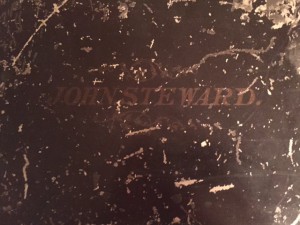 My grandfather died almost 25 years ago, and sometime before that he gave me a box of “family papers.” The box itself is rather striking: a metal strong box, easily portable, with my great-great-grandfather John Steward’s name stenciled on top in fading paint. Inside the box are not just family papers, but intriguing (and, of course, unidentified) daguerreotypes and examples of other early photographic processes, along with materials treating the family of my great-grandmother, Margaret Atherton (Beeckman) Steward (1861–1951). Continue reading Family papers
My grandfather died almost 25 years ago, and sometime before that he gave me a box of “family papers.” The box itself is rather striking: a metal strong box, easily portable, with my great-great-grandfather John Steward’s name stenciled on top in fading paint. Inside the box are not just family papers, but intriguing (and, of course, unidentified) daguerreotypes and examples of other early photographic processes, along with materials treating the family of my great-grandmother, Margaret Atherton (Beeckman) Steward (1861–1951). Continue reading Family papers
Category Archives: Family Stories
The Harding DNA Study
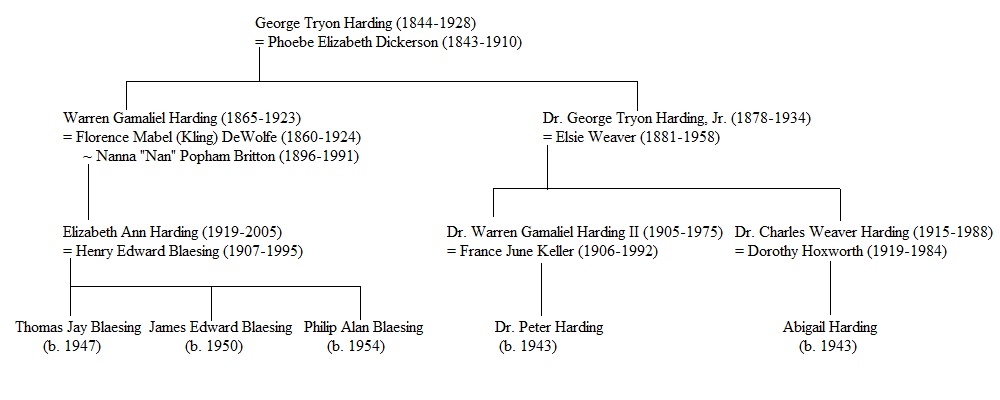
I was fascinated by the story released in The New York Times last Wednesday regarding the DNA research to help establish that Warren G. Harding had had a child with his mistress Nan Britton. Continue reading The Harding DNA Study
Objects and their history
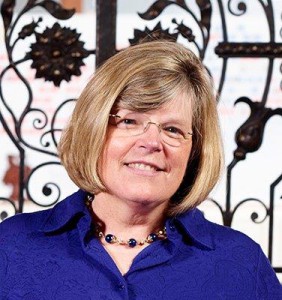 Recently a colleague mentioned a web-based series of interactive discussions called “Windows to the Past: Discovering History Through Tangible Things,” in which “participants will assess fascinating objects . . . to see how any material thing, when examined closely, can be a link between the present and past.”
Recently a colleague mentioned a web-based series of interactive discussions called “Windows to the Past: Discovering History Through Tangible Things,” in which “participants will assess fascinating objects . . . to see how any material thing, when examined closely, can be a link between the present and past.”
Reading this description made me think about how often such items turn up in the family histories we hear and read: the piece of jewelry, the silver, the diary, the clock, the clothing. . . Continue reading Objects and their history
Why did they go back?
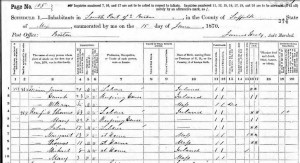
My great-great-grandmother, Margaret Kenefick, was born in Boston on 11 February 1857, the daughter of Irish immigrants Thomas and Mary Kenefick. When I began searching for the family in Boston, I turned to the 1860 Census, but was surprised when I could not locate the Keneficks in Massachusetts. Continue reading Why did they go back?
Bigamous marriages
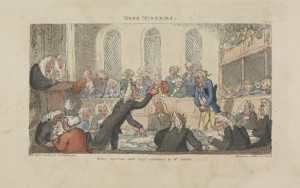
“If any persons or persons within his Majesties Dominions of England and Wales, being married, or which hereafter shall marry, do at any time after the end of the session of this present Parliament, marry any person or persons, the former husband or wife being alive … then every such offence shall be felony. Provided always, that neither this Act, nor anything therein contained, shall extend to any person or persons whose husband or wife shall be continually remaining beyond the seas by the space of seven years together, or whose husband or wife shall absent him or herself the one from the other by the space of seven years together, in any parts within his Majesties Dominions, the one of them not knowing the other to be living within that time.”1 Continue reading Bigamous marriages
The wider circle
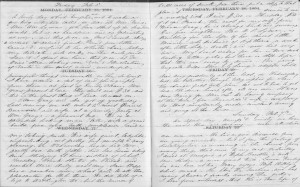
A frequent refrain here at Vita Brevis is that genealogists should consider not just their direct ancestral lines, with a glance at collaterals like siblings or close cousins, but the larger community in which a forebear or collateral relative lived. I was struck by this dictum as I reviewed the Regina Shober Gray diary this winter, as Mrs. Gray lived in a time and place which Jane Austen would have recognized: even the diarist’s closest friends were generally referred to by their married names. Continue reading The wider circle
“Daylight upon magic”
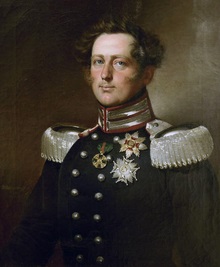
The British constitutional historian Walter Bagehot (1826–1877) wrote that “When there is a select committee on the Queen, the charm of royalty will be gone. Its mystery is its life. We must not let in daylight upon magic.”[1] There is something uncanny about royalty, a mystique that can be hard to value according to its merits. This phrase of Bagehot’s – with its reference to “mystery” and “magic” – came to mind as I was thinking about the question of morganatic marriages in Germany. Continue reading “Daylight upon magic”
Identity and Family Life in 16th Century France
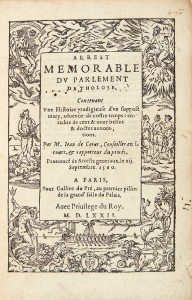
The problem of identity theft is one which has increased significantly over the last several decades; for obvious reasons, it was quite rare in centuries past. This fact makes the story of Martin Guerre all the more remarkable.
Martin Guerre was the son of a man named Sanxi Daguerre (the family later shortened their surname to Guerre), born in the French Basque country in 1525. In 1527, Martin and his parents relocated to the village of Artigat in the County of Foix, less than thirty miles from the border of Spain.[1] Martin’s early years were unremarkable, as he lived a peasant’s life and would have surely faded into obscurity as so many others had if not for a well-documented incident which shaped his adult life. Continue reading Identity and Family Life in 16th Century France
“Mr. Loring’s play”
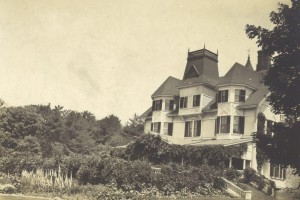
My cousin Neil recently shared some family albums with me: the oldest one belonged to his grandfather, Frederick Ayer (Jr.) (1888–1969), who kept it in 1905 and 1906. Over time, the images and the captions have faded, and the book’s middle section is held together with ancient cellophane tape, but Uncle Fred obviously cared about the record he was keeping. One of the most puzzling, and therefore interesting, images fills almost an entire leaf of the album; the identifying captions are squeezed out to the page edge: D. Sohier, D. Beal, F. Ayer Jr., etc. Continue reading “Mr. Loring’s play”
The Jamestowne Chancel Burials

The announcement Tuesday of the (probable) identification of the remains of four men buried under the chancel of the first parish church at Jamestowne, Virginia – first discovered in 2010 and unearthed in 2013 – has now made the front page of The Wall Street Journal and appeared in other leading news outlets. While not the first Englishmen to die in the nascent American colony, they were nearly so, probably interred in Virginia soil in 1608 and 1610, more than a decade before the Mayflower arrived on American shores; these men were certainly among the colony’s founders. Continue reading The Jamestowne Chancel Burials